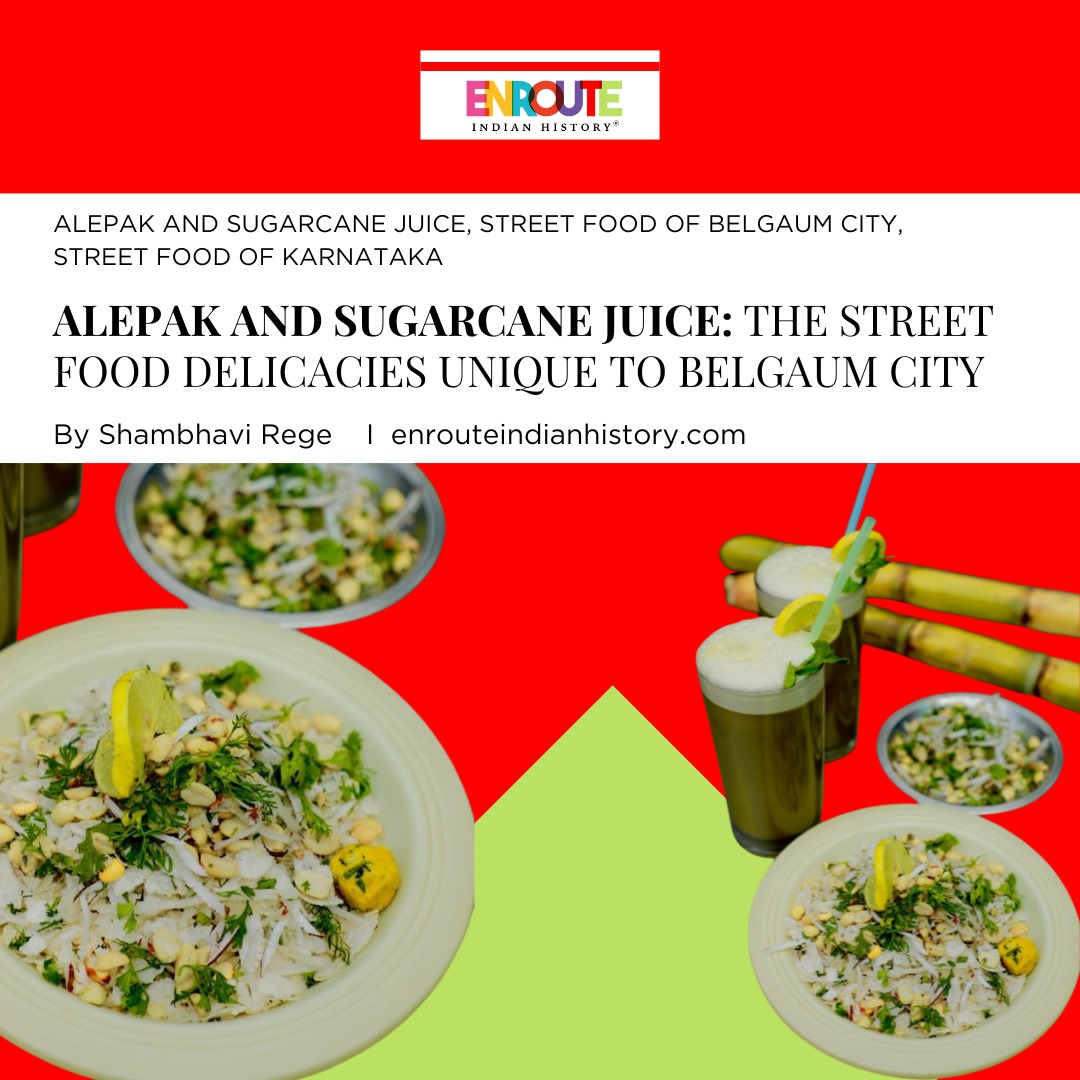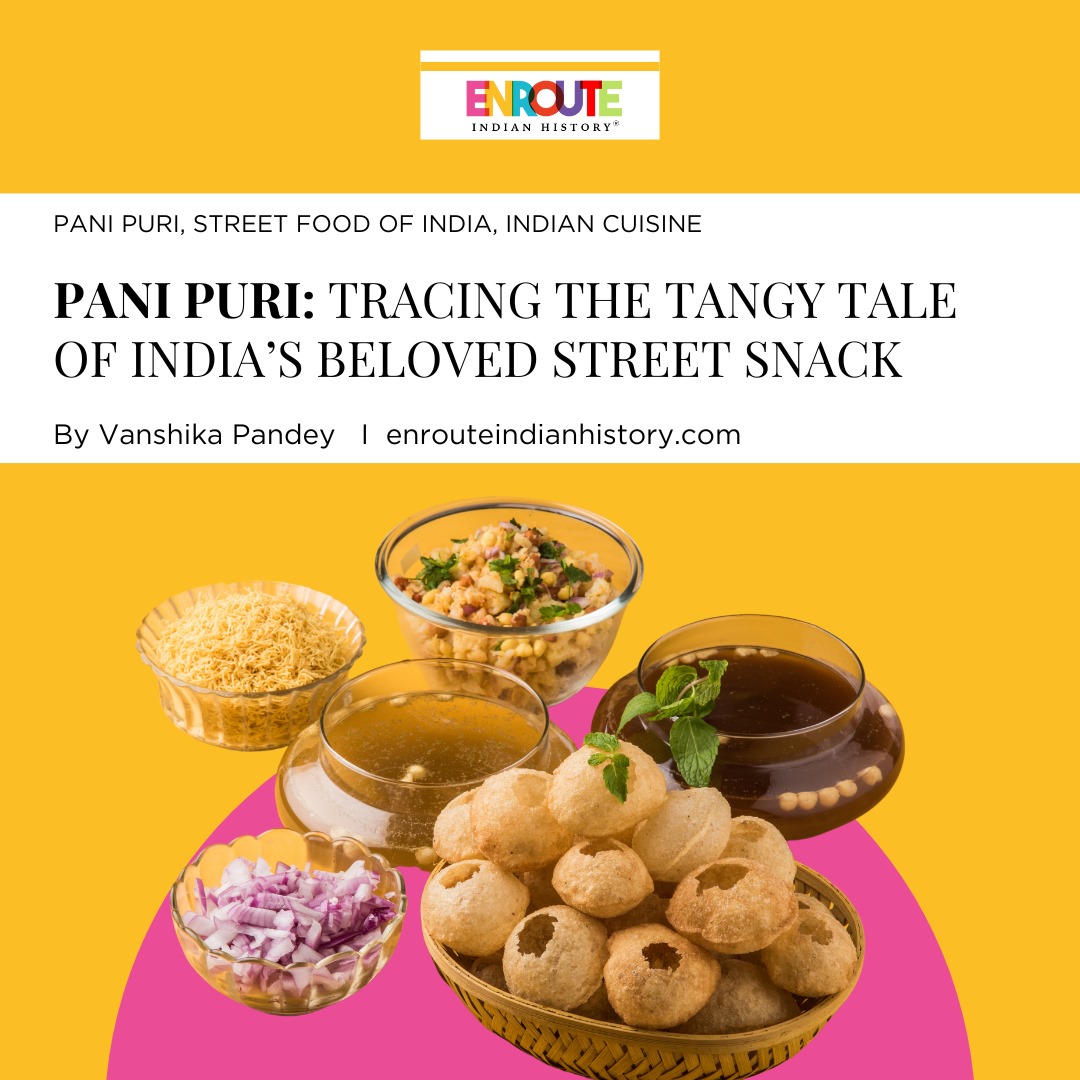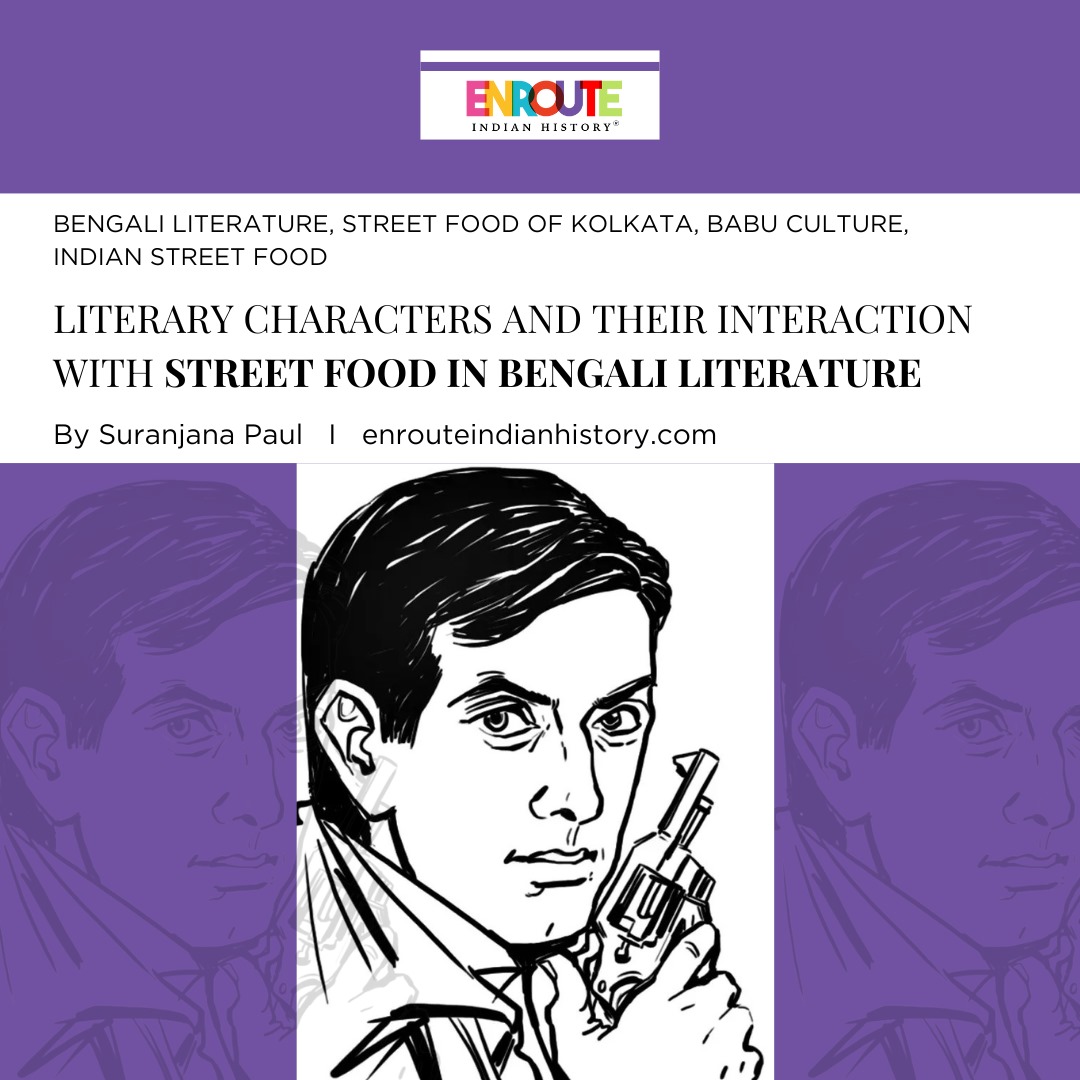
Picture a world where the tantalizing aroma of butter chicken dances through the air, intertwining with the invigorating scent of freshly brewed Tim Hortons coffee. Welcome to the story of Punjabi immigration to Canada, the Great White North, where the vibrant culture of Punjab meets the maple-syrup-soaked land of opportunity.

Khalsa Day Sikh Parade,| Times of India,
Canada has become synonymous with new opportunities and aspirations for Punjabis. The allure of economic prosperity, represented by the five “Ks” of the traditional Sikh identity (Kesh, Kanga, Kirpan, Kachera and Kara), have been expanded to represent the modern Punjabis- Cash, Kudi, Kar, Kookar (Chicken), and Canada. The Punjabi influence runs deep, from the vibrant colors of traditional attire to the unmistakable sight of yellow Indian rickshaws dotting the landscape of Brampton or Calgary. Punjabi culture grew to be an essential component of Canada’s colorful tapestry, from traditional dances performed at cultural events to the upbeat music blasting from automobile stereos. The trendsetter, AP Dhillon, has won over millions of fans with his catchy tunes. However, he is not by himself! Musicians such as Rupinder Handa, Sidhu Moosewala, and Jazzy B are making their mark in the Canadian music scene by bringing Punjabi influences.

Rickshaw in Calgary, Adventurous_Lab_/ Reddit
But what is the reason behind it? Punjabis are drawn to Canada’s strong economy, stable political environment, universal health care and diverse society, which provide a fertile ground for their dreams to flourish.
Let’s take a time travel to the late 19th century, when the British Empire ruled over Punjab. Under British administration, Punjab experienced several difficulties, such as economic hardships and restricted prospects for its people. Punjabi farmers, determined and clad in their colourful turbans, bravely set out on a voyage towards the vast territories of Canada, drawn by the promise of fresh prosperity and a chance to break free from the shackles of colonial rule. After overcoming the hardships, many were able to find employment in fields like mining, forestry, and agriculture, where their knowledge of the land and their strong work ethic were highly valued.

An area in south Vancouver is known for its large Punjabi mostly Sikh community. Over time the area became known as “Punjabi Market ” this is reflected in the street signs in this neighborhood. That_Guy_Mojo/ Reddit.
There were difficulties involved. In 1914, the chartered ship Komagata Maru set out on her tragic journey from Hong Kong to Vancouver, transporting 376 passengers, most of whom were from Punjab in India. They arrived in Vancouver expecting a better future in Canada, but they were confronted with a brutal reality. Most of the passengers were refused admission due to discriminatory immigration policies, particularly the Continuous Journey Regulation. Under this regulation, individuals were required to travel directly from their country of origin to Canada without interruption. The passengers of the Komagata Maru, having made a stopover in Japan, were deemed inadmissible under this law.
What followed was a protracted legal and ideological battle, as the passengers wrestled for their right to disembark. For two months, the ship stayed anchored in Vancouver’s harbor. In the face of hardship, the Komagata Maru’s passengers and their supporters showed incredible fortitude and tenacity in their battle for equality and justice. In the end, the ship was compelled to be escorted back to India after leaving Canadian territorial seas. Tragically, upon its arrival in Kolkata, clashes with the British authorities resulted in the loss of lives and the arrest of many passengers. The Komagata Maru incident had a depressing immediate result, but its long-term effects are immeasurable. The Punjabi community was enthused by it, and they became even more determined to fight against discriminatory policies. In addition to highlighting the necessity of social and political change, the incident set the stage for upcoming lobbying campaigns to challenge systemic prejudice and modify immigration laws.
This was put to use quickly. After the Second World War, Canada had a labour deficit and realized it needed to draw in qualified professionals from throughout the globe. In response, the Canadian government changed immigration laws dramatically in 1967 by instituting a points-based system prioritising professional skills, education, and language ability. With this innovative strategy, the immigration scene was completely transformed; prospective immigrants were evaluated on an array of factors, including educational attainment, ability to communicate in English or French, employment history, and age. Canada hoped to recruit individuals who could contribute to the country’s economic growth and development by emphasizing these criteria.

Sikh Temple Manning Drive Edmonton Alberta Canada, WinterE229, Public domain, via Wikimedia Commons
A great work ethic and a long history of academic success gave many Punjabis the credentials and abilities that met Canada’s requirements. Prominent professionals in their domains, including doctors, engineers, scientists, and educators, have unlocked new avenues for career advancement and personal growth. The point-based system allowed them to showcase their qualifications and experience, which helped them get employment that matched their skills.
Canada continued to refine and amend its immigration policies over time to accommodate shifting economic needs and social mores. Despite modifications, the points-based system remains a major component of Canada’s immigration framework, enabling skilled individuals from across the globe—including Punjabis—to join the nation and make significant contributions to its development.

Sikh men in Whitehorse, 1906. University of Washington, Public domain, via Wikimedia Commons
Returning to our original query, Punjabi immigrants are attracted to Canada because of the country’s strong economy, a plethora of employment opportunities, and higher earnings, which provide a route to secure jobs, better futures, and financial prosperity. Canada’s esteemed school system attracts Punjabi communities seeking quality education and better learning possibilities for their children. Family reunions are frequent since well-established Punjabi people frequently support their relatives’ immigration, strengthening ties within the community. Canada’s reputation for political stability and security provides a secure and peaceful atmosphere desired by Punjabi immigrants. With its lively cultural festivals, language, and customs, the well-established Punjabi community in Canada fosters a sense of community and support systems, making the adjustment to a new nation easier.
Express Entry is a system that was introduced in 2015 and is used to handle applications for permanent residence under the Canadian Experience Class, Federal Skilled Trades Program, and Federal Skilled Worker Program. Through their respective Provincial Nominee Programs (PNPs), each Canadian province and territory can propose people who possess the qualifications and expertise required in their particular area. The goal of the Start-up Visa Program is to draw business owners who can create cutting-edge companies in Canada. It offers entrepreneurs who obtain capital or help from approved Canadian investors a route to permanent residency.
In the current time, to some extent, the Sikh community in Canada wields greater political influence than their counterparts in India. The 2019 general election witnessed a higher number of Sikh politicians being elected to Canada’s House of Commons compared to India’s parliament in the same year. It is worth noting that Jagmeet Singh, who is Sikh, holds the position of the leader of Canada’s New Democratic Party. Furthermore, back in 2015, Prime Minister Justin Trudeau appointed four Sikh members to his cabinet, a number that exceeded the two Sikh members in Indian Prime Minister Narendra Modi’s cabinet at that time.
The tale of Punjabi immigration is a testament to the beauty of cross-cultural interaction, the strength of community, and the force of dreams. So let’s raise a glass of lassi to the pioneering Punjabi people who helped to define the Great White North and open the door to a better future!
REFERENCES:
- Cooper, A. (2023). Why do Punjabis want to go to Canada? [online] Best Immigration Consultants in India. Available at: https://www.tc-ww.com/blog/why-do-punjabis-want-to-go-to-canada [Accessed 14 Jan. 2024].
- Unknown (2021). Why Punjabi’s Go to Canada ? – SikhHeros : Chronicles of Culture, News, and Tradition. [online] Sikhheros. Available at: https://www.sikhheros.com/blog/why-punjabis-go-to-canada/ [Accessed 14 Jan. 2024].
- Gill, Tajinder. (2018). “Punjabi Diaspora: Migration, Migration Stories, and the Punjabi Canadian Community.” Canadian Social Studies Journal, 51(2), 45-56.
- Sandhu, Amandeep. (2016). “From Punjab to Canada: A Case Study of Punjabi Migrants in British Columbia.” Journal of International Migration and Integration, 17(1), 207-226.
- Singh, G. (2017). Punjabi Diaspora in Canada: An Overview. The International Journal of Punjabi Studies, 24(1-2), 60-70.
- Troper, H. S. (1983). The Komagata Maru and Discriminatory Immigration Policy. Canadian Historical Review, 64(4), 511-545.
Image Sources
- https://timesofindia.indiatimes.com/nri/us-canada-news/we-want-more-punjabis-to-come-to-canada-settle-or-study-canadian-leader-of-opposition-andrew-scheer/articleshow/66225396.cms?from=mdr
- https://www.reddit.com/r/funnyIndia/comments/15h6bbq/you_can_take_an_indian_out_of_india_but_not_india/
- https://www.reddit.com/r/punjabi/comments/jirkko/an_area_in_south_vancouver_is_known_for_its_large
- Wikimedia Common 4 & 5
- May 8, 2024
- 8 Min Read


























